March 16, 2014
The arrivals of fall migrants and winter residents are the highlights of the birding year for me. Spring migration has its own feel and charm, but for numbers and diversity, it’s the southbound birds that give me more raw birding pleasure. So it’s always a good day when I get an FOS bird, even if it’s one that’s completely predictable in its time of arrival. But I get an even bigger kick out of the migrants that are not so foreseeable. Cedar waxwings are a prime example.
You know they are going to show up every year at some point, but exactly when, where, and in what numbers is never a given. Cedar waxwing abundance in a particular area can vary by an order of magnitude or more between years, in my experience.
Two winters ago was a big abundance year for waxwings in DeLand; in good years, there are sometimes flocks of hundreds to thousands of birds cruising around town for a couple of weeks in late winter. The appearance of the waxwings in town often coincides with the shift of American robins from their forest phase to their urban phase; waxwings and robins commonly flock together. One morning in February 2012 when I was driving to work I saw several flocks of a hundred or so birds around Stetson’s campus. As is typical of waxwings, they often don’t stay in one spot for very long, but I was ecstatic to find one large flock hanging around the Rinker Environmental Learning Center. Some of the birds were visiting puddles of water in the parking lot and on sidewalks, and others were flying down to the grassy lawn behind the RELC, apparently feeding on something , along with dozens of robins. It was a puzzling behavior, since waxwings feed largely on fruit in the winter, and there were no fruiting trees around that might have dropped fruits into the lawn. As it turns out, the waxwings were there to drink. The sessile, round leaves of the profuse pennywort in the less-than-well-manicured Stetson lawn were acting as collecting cups for water, and the waxwings were drinking from them.
I happened to have a camera with me that morning, and I was like a pig in shit for the half-hour or so I was able to photograph the waxwings. But I also had an 11:00 class to prepare for and I was getting antsy about that, so eventually I had to leave the waxwings and head to the office. I was able to process a few of the better photos before class and began that day with a mini-diatribe on the miracle of the nomadic waxwings, in the hope that at least one or two students might look for them in the next day or two. I don’t know if any ever did, but no doubt it was at least slightly more entertaining than the scheduled topic of the day. Cedar waxwings vs. Hensen’s nodes and dorsal lips of the blastopore – no contest.
Four years ago I planted a small dahoon holly (Ilex cassine) in one of my feeder gardens, hoping at some point, years down the road, to have a decent fruit crop and perhaps attract a feeding flock of waxwings to come and partake. Dahoon holly in the flatwoods of Tiger Bay seems to be one of the mainstays of winter frugivores; its berries seem to usually disappear long before some of the other less favored fruits, like winged sumac, or even American beautyberry. In addition to its bird-attracting properties, dahoon is just a lovely plant by itself, with a startlingly beautiful and apparent fruit crop in some years.
As it turned out, the cultivar of dahoon that I bought at my favorite nursery was not exactly like the wild dahoons I’m used to seeing in the flatwoods; the berries are smaller, the fruit color is more orangeish than scarlet, and the presentation of the fruit is less clumped and spectacular. Nonetheless, in the second year I had the dahoon, its meager fruit crop attracted waxwings to my yard on a morning I happened to be home, and I was able to get a few shots of the birds feeding. This year, the little sapling has had a tremendous growth spurt and is now 10-15 feet tall, with an impressive fruit crop. I was guardedly optimistic about photographing waxwings this winter.
It’s been a low abundance waxwing winter here, though. I first saw or heard waxwings back in November, but as in most years, I didn’t start seeing them with regularity until February. But always small groups this year – I think the biggest flock I’ve seen has been 50 or so birds. Around my neighborhood, I’ve seen no more than a dozen at a time.
In the past week or so, on several occasions, I had seen groups of 2 to 5 waxwings hanging around the yard, and flying into the dahoon to feed. Their feeding forays on all of those occasions were aborted though, due to the aggressive behavior of my resident pair of northern mockingbirds, who have claimed the dahoon as part of their territory. They are pretty damned vigilant sentries; every time I’ve seen a waxwing in the area of the dahoon, a mockingbird has swooped in within a minute and driven the potential competitors away. It was starting to piss me off.
The mockingbirds harvest their fruit crop methodically; I’ve never seen one eat more than 3 or 4 fruits at a time. I suppose I should admire their planning and foresight, particularly compared to the gluttonous behavior of waxwings, who will sometimes completely strip a fruiting tree or shrub within hours of their initial attack. But I wanted photos of the waxwings, so the mockingbirds were not at the top of my list of favorite birds.
Yesterday, I heard several waxwings trilling and seeting from one of the wild cherries in my yard, and saw a couple more abandoned feeding sorties into the dahoon. I decided to exercise my very limited capacity for patience and set up on the dahoon and wait the waxwings out. I was also thinking that perhaps if I was somewhat apparent, it might have an inhibitory effect on the aggressiveness of the mockingbirds. Fat chance.
I’ve rediscovered recently, probably for the 4th or 5th time since I’ve been doing photography, that if you want to get the most out of your optics, you have to use a tripod. I hate tripods. I had pretty much stopped using them entirely when I first started using lenses with internal vibration reduction (VR in Nikon lenses, OS in Sigma), but at some point a few months ago I tried some feeder shots with a tripod just for shits and giggles. The increased resolution and detail in the resulting photos left no doubt that as good as the vibration reduction systems are, handholding nearly always results in some image degradation under less than optimal conditions. So I set up the tripod, pointed the lens at the dahoon, and waited.
I got lucky. On several occasions in the next hour or two, groups of 3-4 waxwings came down to feed. I was particularly struck by how different their behavior was from what I’m used to. Flocks of feeding waxwings can be riotous with activity and noise, with birds constantly in motion, popping in to eat a few fruits and then flying off, to be replaced by other members of the flock. The waxwings yesterday were as silent as church mice, and fairly restrained and deliberate in their movements. They would stay in one spot and eat all the fruit within reach before a short hop or climb to a new fruiting spray. They were totally silent. Correlation doesn’t prove causation and all that rot, but I’m pretty sure the subdued behavior was due entirely to the terrorizing mockingbirds.
After the fifth or sixth time one of the mockers chased off a group of waxwings within seconds of them landing in the dahoon, my blood was boiling. How dare they? I tried a little playback of a variety of northern mockingbird vocalizations thinking that might distract them somewhat from the holly and allow the waxwings to sneak in and feed. No dice. They paid no attention to any form of playback. Based on that one piece of empirical evidence, I conclude that playback has no adverse effects on breeding passerines whatsoever. Insert sarcasm emoticon here.
But eventually I was able to photograph a couple of feeding forays, and the waxwings were still around when I had to leave around 4:30; in the end it was all good. My animosity for the mockers disappeared entirely. Well almost. They are pretty bad-ass little bullies sometimes, particularly towards birds smaller than them. That’s a behavior I have trouble getting behind. I think Atticus Finch was slightly underinformed when he told Scout that mockingbirds don’t do anything but make pretty music for us to listen to all day. They kick serious ass at times.
This morning brought a new perspective on the mockingbirds. Although there were several big clusters of fruit still on the dahoon yesterday when I left the waxwings, by 9:00 this morning it had been picked clean. The efforts of the mockingbirds to thwart the waxwings didn’t amount to much. The persistence and patience of the waxwings won the day. So my new and enlightened view of the mockingbirds is this: had they not kept the waxwings at bay for a couple of weeks, the dahoon would have been stripped bare long ago, probably at a time when I wasn’t around to see or shoot it. The mockingbirds were actually ackling for me in a way – they prolonged the presence of the waxwings long enough that I was ultimately able sneak a few shots. Thanks, NOMOs. I take back all that nasty shit I said about you.
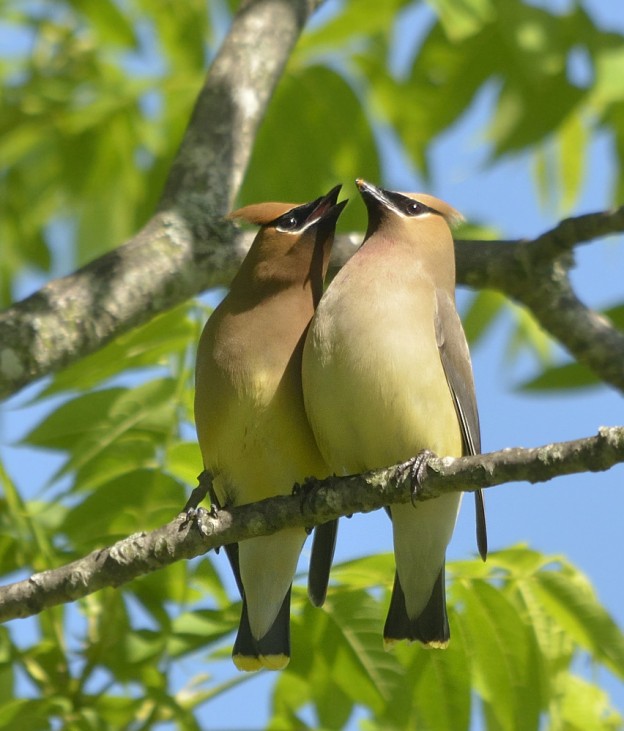
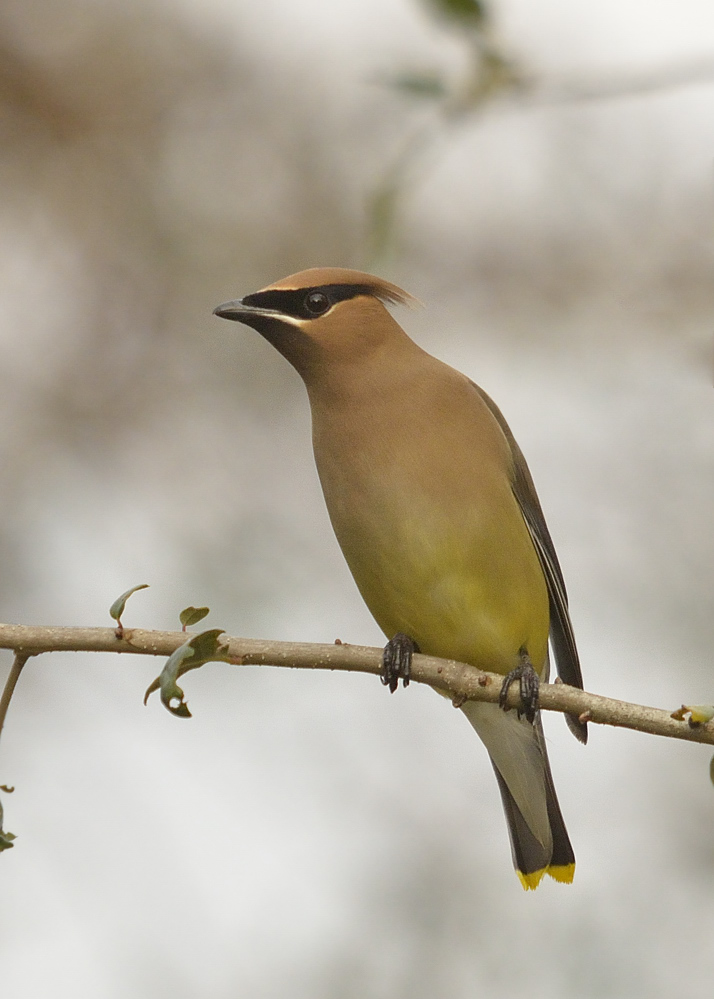
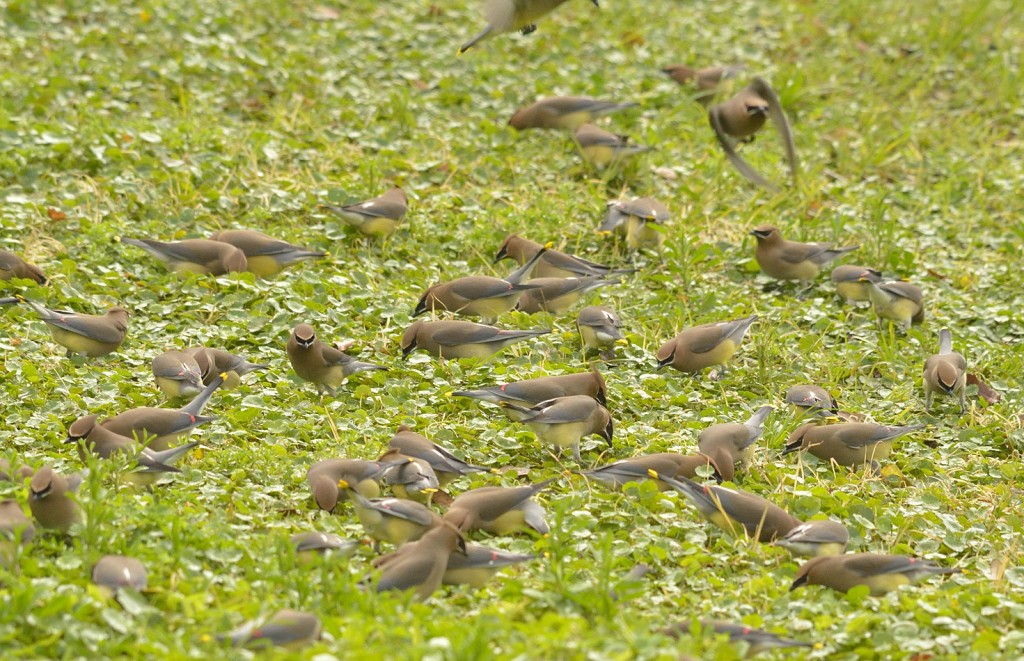
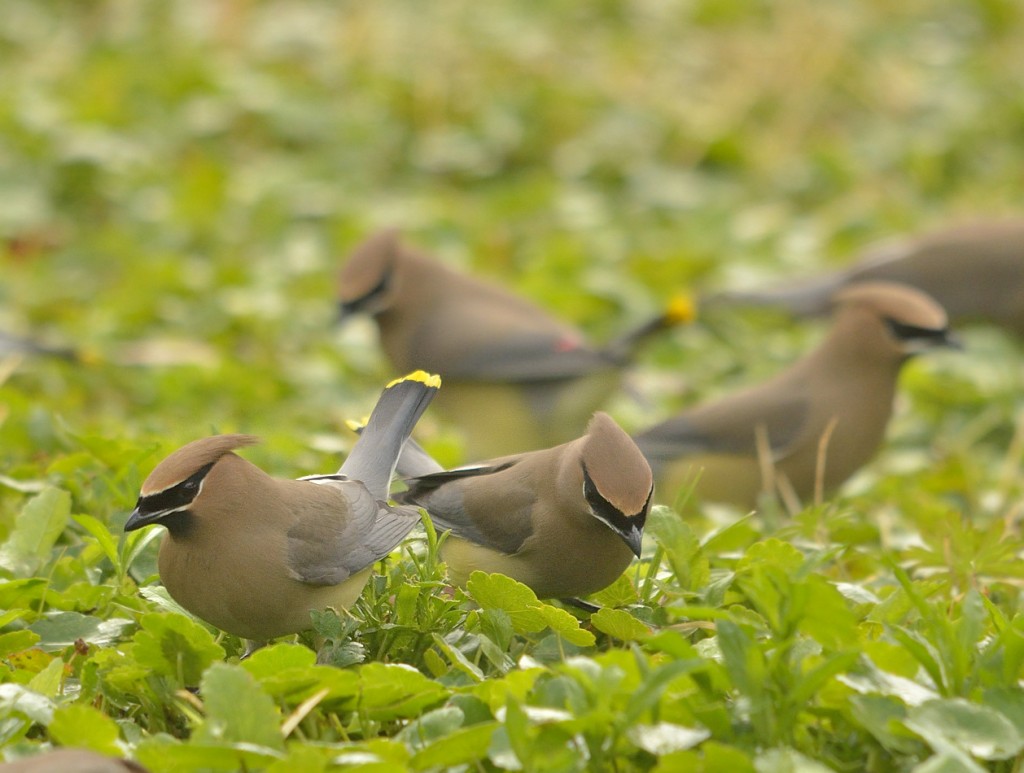
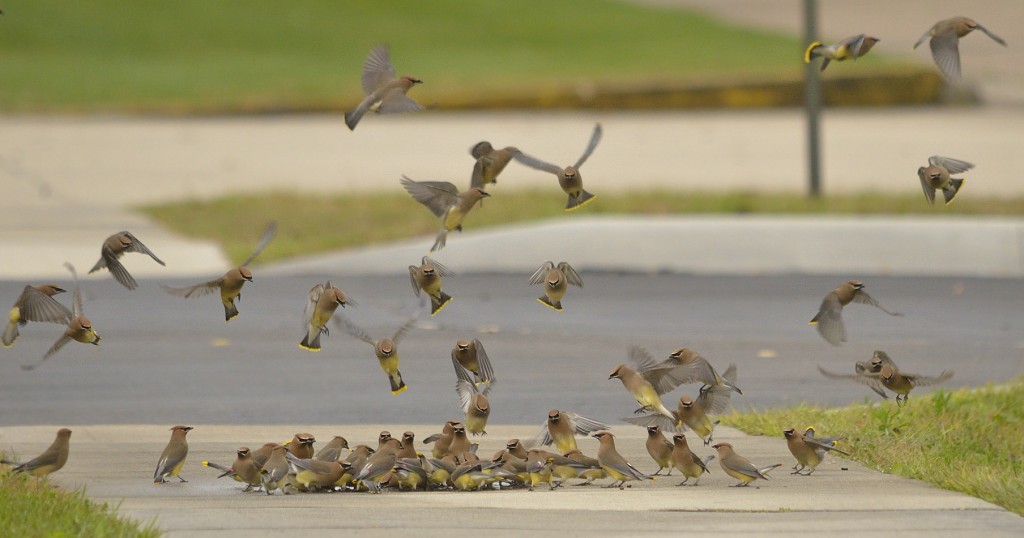
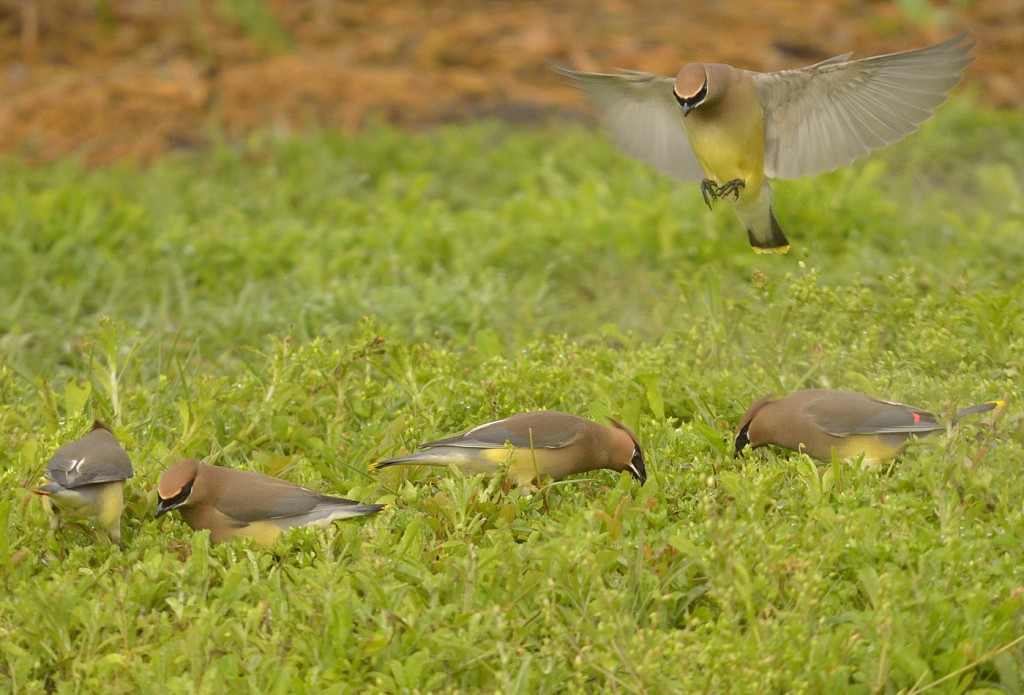
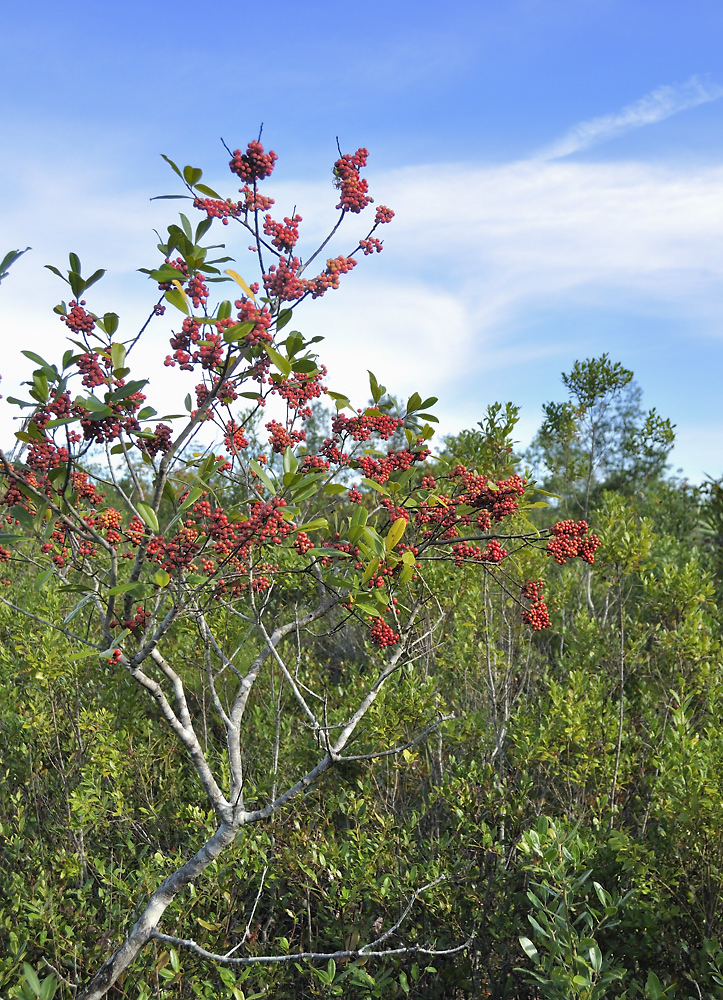

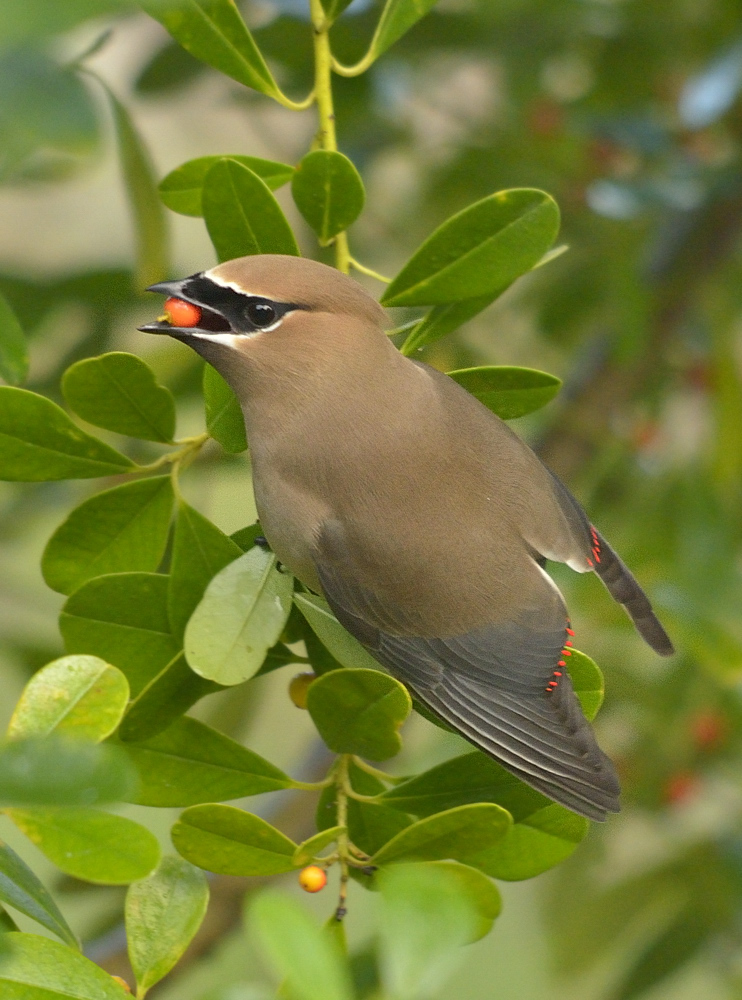
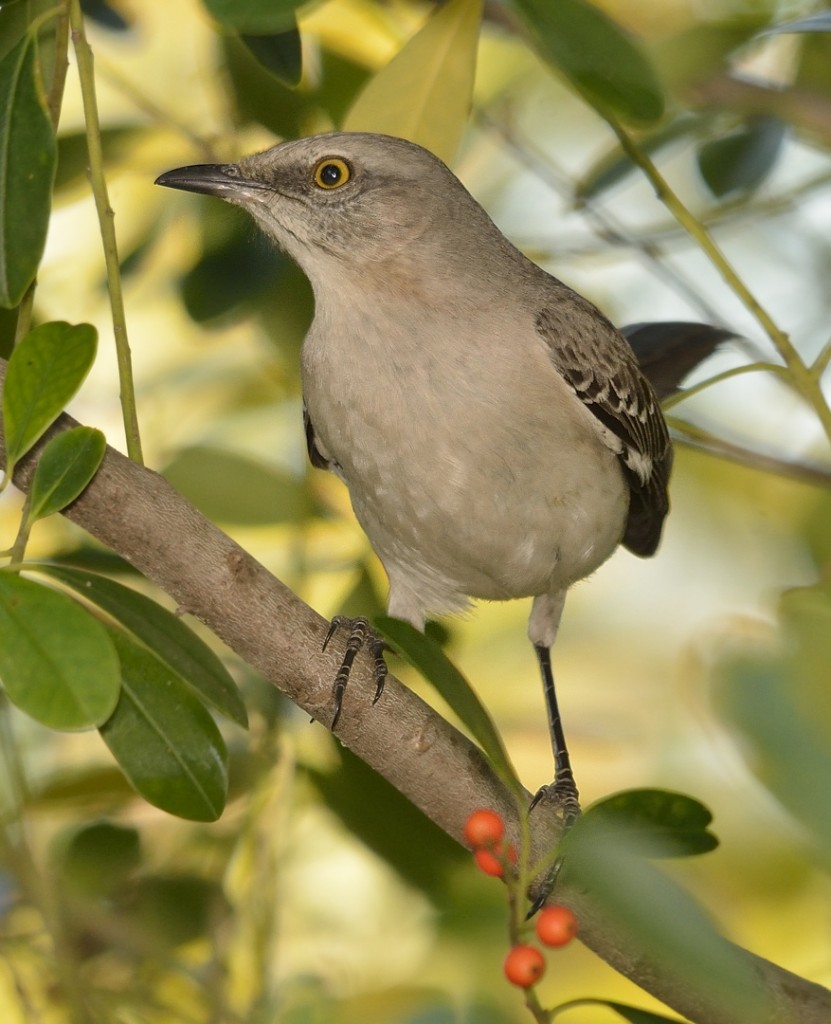
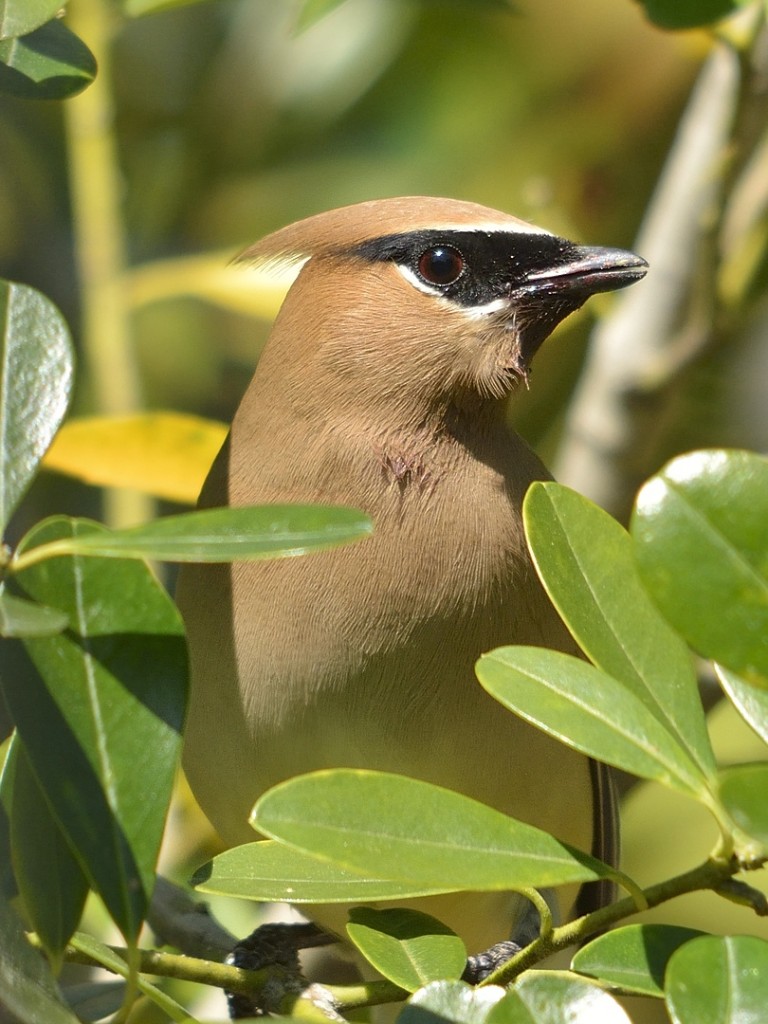
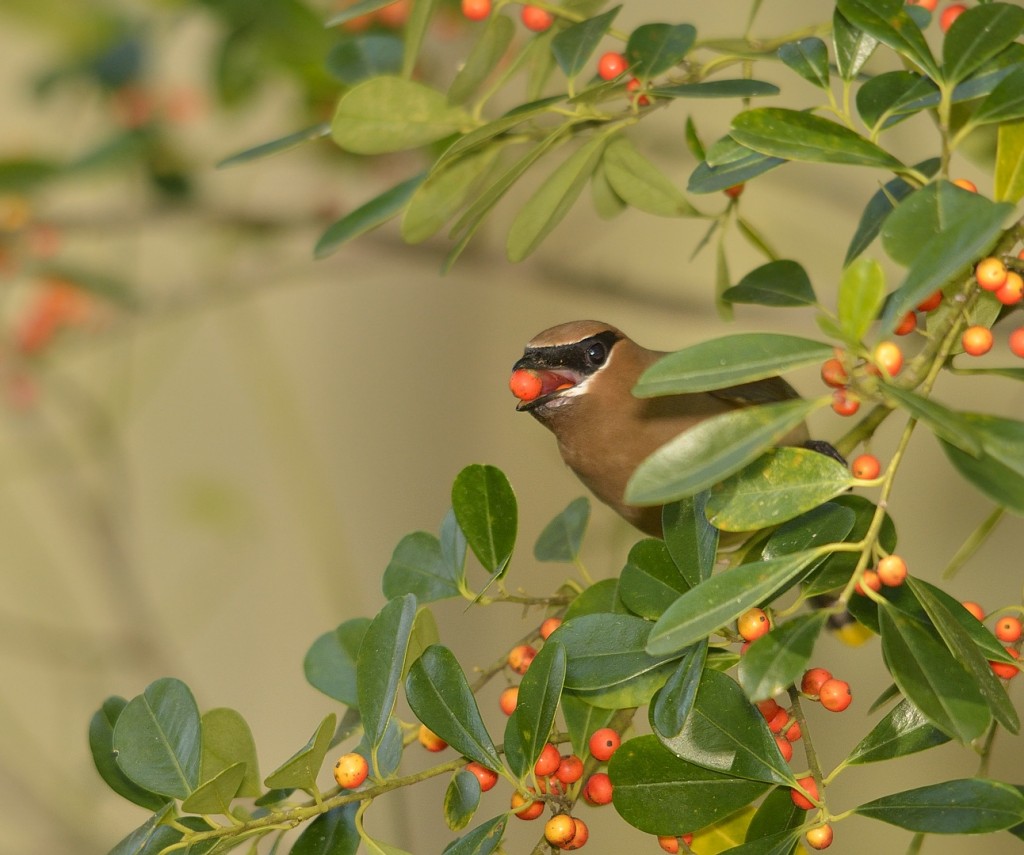
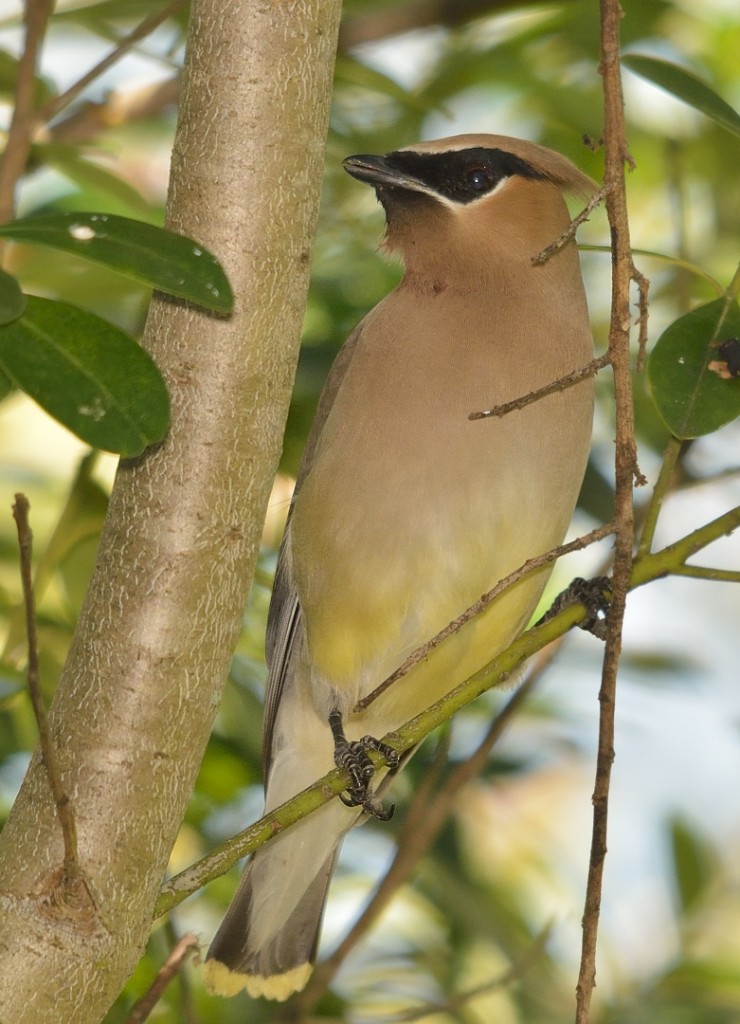
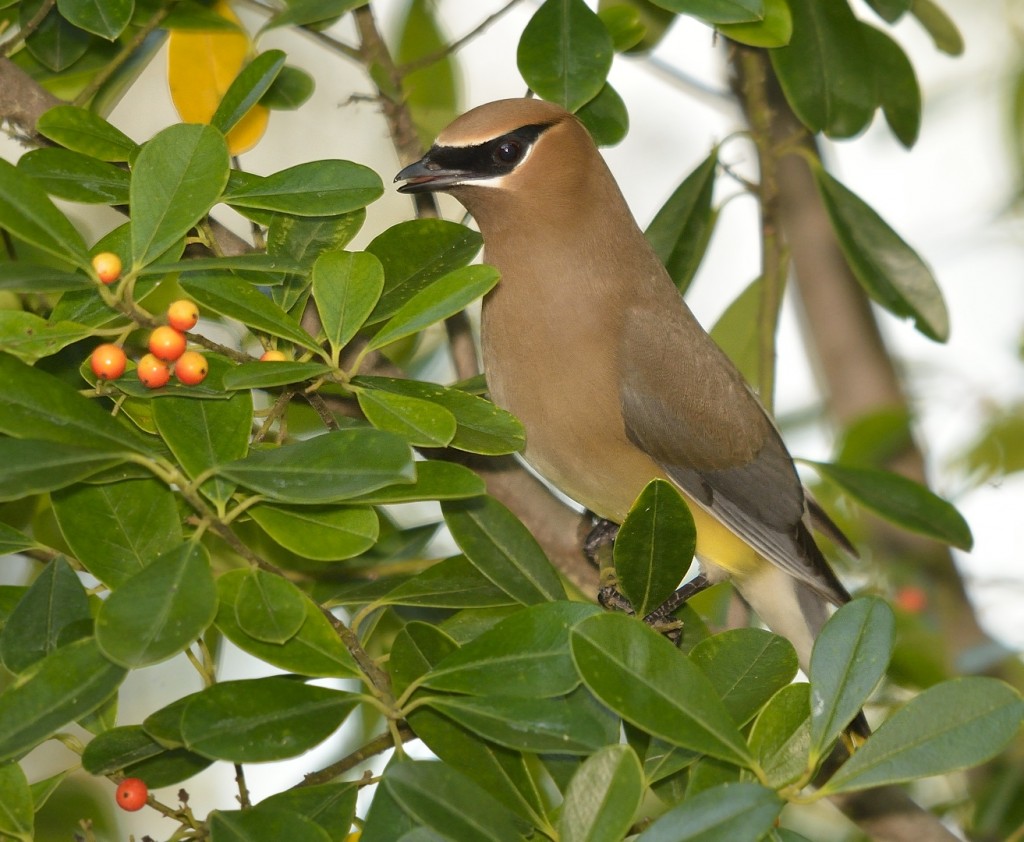
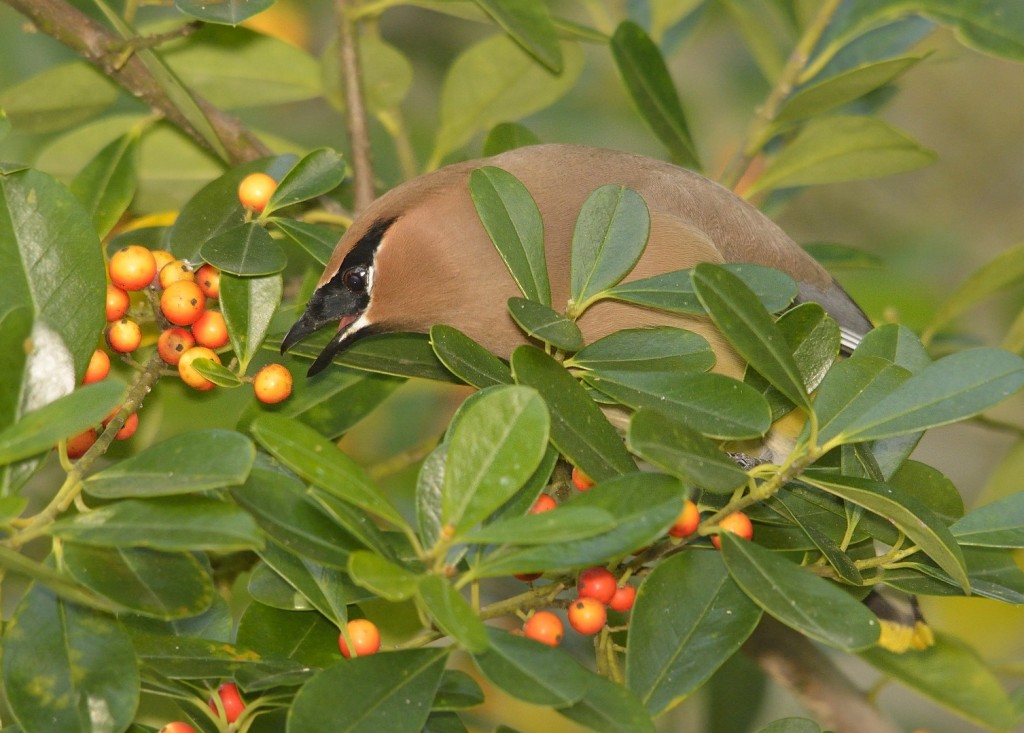
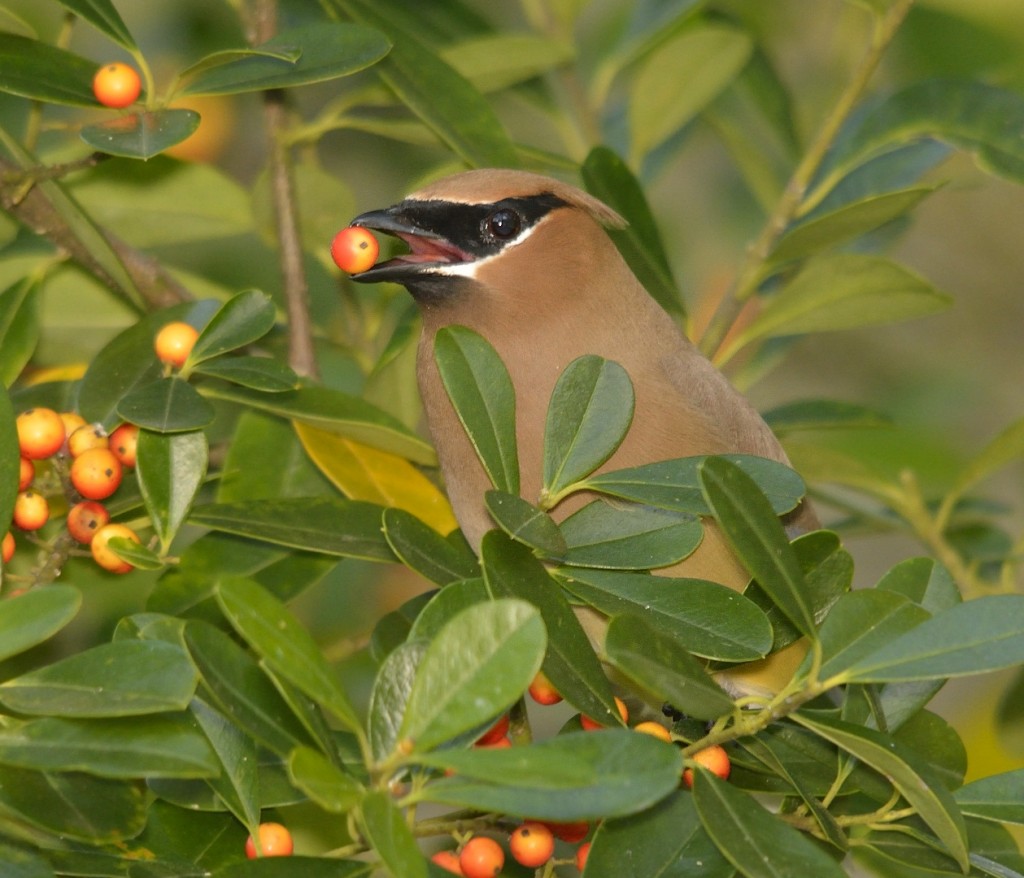
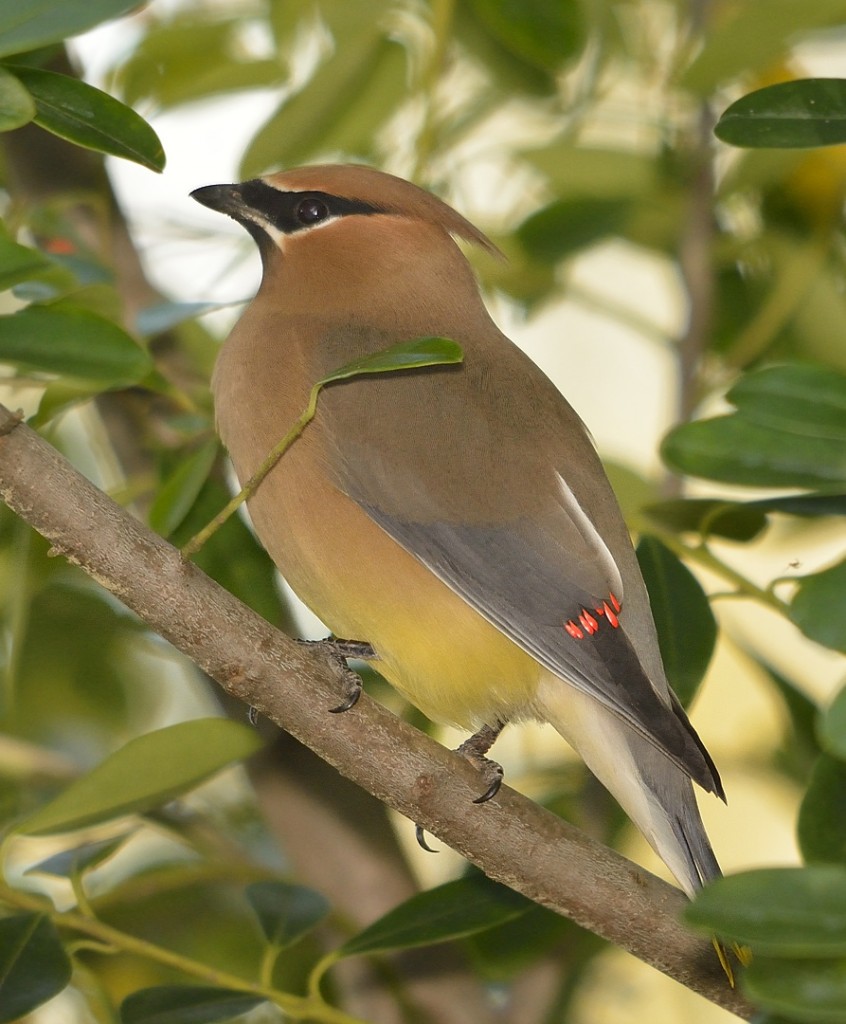
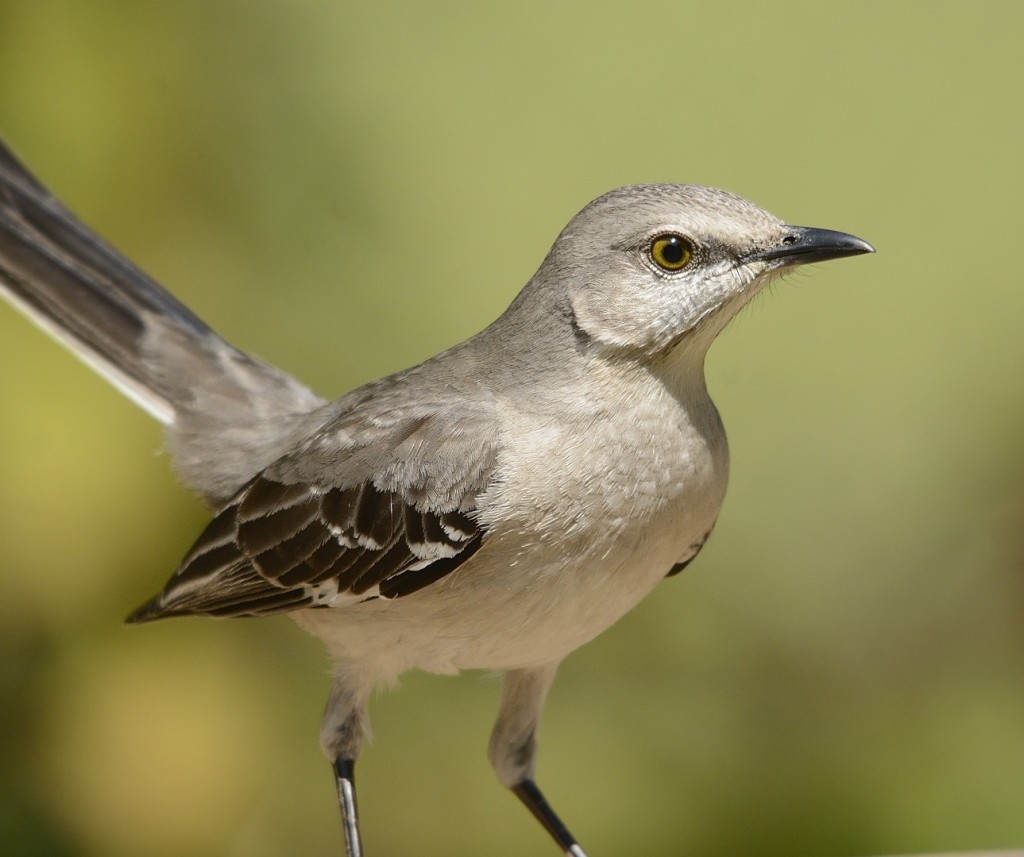
I’m not sure your kind words will erase your karmic debt, but it’s a good start! Thanks for sharing.
But I have so much, Harry.
fantastic waxwing shots! Despite their gluttonous ways, they are beautiful birds.
Great story and observation of bird behavior, Pete. I couldn’t image you holding a grudge against any ward of the animal kingdom in the end. I swear by tripods. Wouldn’t leave home without one, unless headed to work. Cedar Waxwing is one of my nemesis birds. Reports of their local presence is fairly common, but I never seem to be in the right place at the right time to observe them. I have seen waxwings in flight over the Sanibel Lighthouse, though have failed to take photographs of this stunning species anywhere near as rewarding as yours. You have me curse the thought of renting housing going forward where there is no possibility at all of special birds like this to be seen without traveling.
Thanks, Bob. Believe me, I was getting pretty torqued out at the mockingbirds before I actually got some decent shots. Tripods? Necessary evil, no doubt. I use a beanbag when shooting from the car whenever possible, but I still don’t use a tripod as much as I should when field shooting. At home, it’s not such a big deal to set up the tripod as long as I don’t have to move around with it.